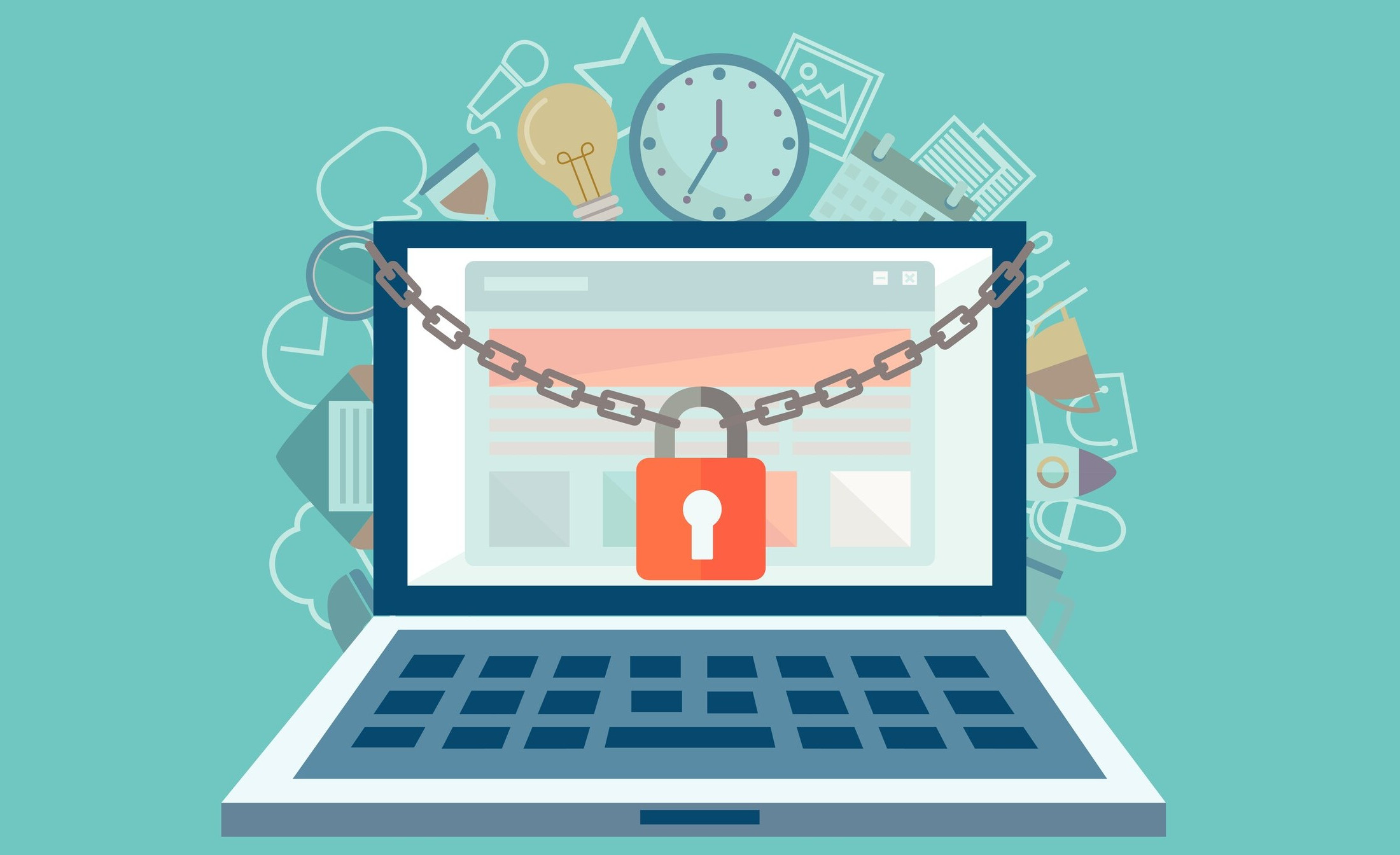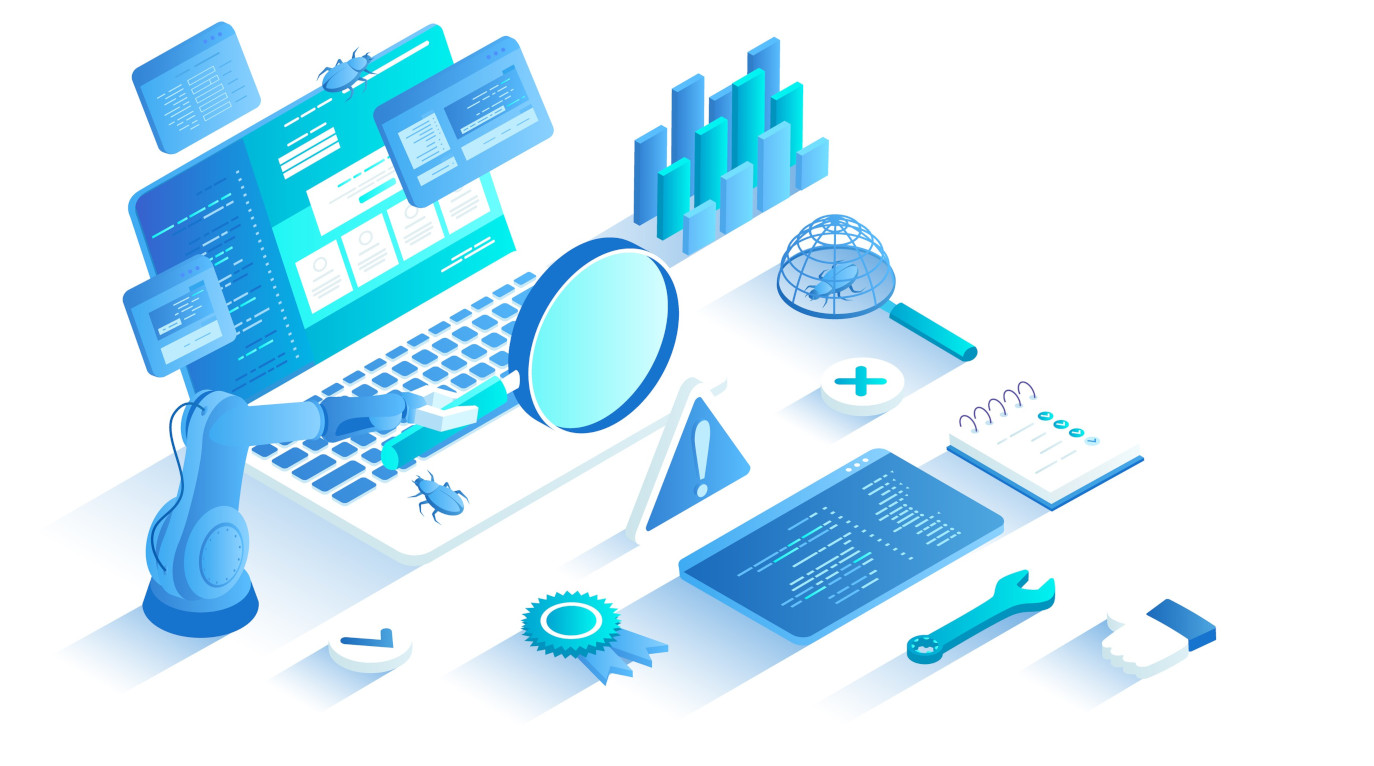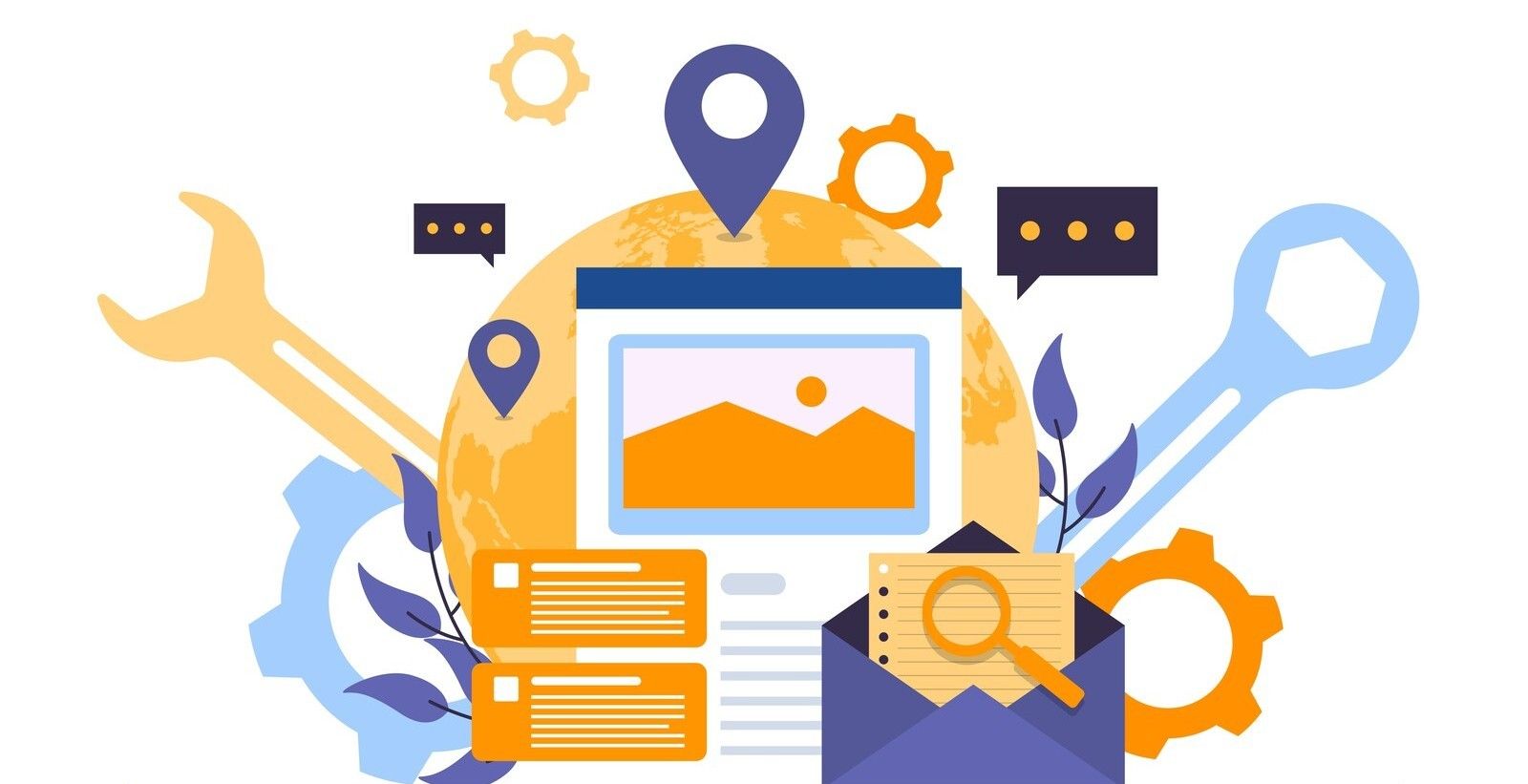Website security monitoring is about protecting your online presence from threats such as malware, hacking, and data breaches. It ensures that your website’s data, including customer information and business details, remains safe from unauthorized access.
Secure websites build trust with users, prevent financial losses, and comply with data protection laws. Regular updates, security protocols, and monitoring are key practices to maintain a secure site. Prioritizing website security not only protects your assets but also improves user experience and strengthens your online reputation
Benefits of Security Monitoring
Security monitoring offers several key advantages for maintaining a safe and reliable website. One of the primary benefits is early threat detection, which helps identify and mitigate potential security issues before they escalate. This proactive approach reduces the risk of data breaches and protects sensitive information, ensuring that user data and business operations remain secure.
Additionally, security monitoring helps maintain compliance with data protection regulations and builds user trust by demonstrating a commitment to safeguarding their information. Regular monitoring also allows for quick responses to any security incidents, minimizing downtime and potential damage to the website’s reputation. By continuously overseeing the website’s security status, businesses can ensure a safer online environment for both users and operations
- Early Threat Detection: Identify and address security issues before they become serious problems.
- Protection of Sensitive Data: Safeguard user information and business data from unauthorized access.
- Regulatory Compliance: Ensure your website meets data protection laws and regulations.
- Increased User Trust: Demonstrate a commitment to security, enhancing user confidence in your site.
- Quick Response to Incidents: Minimize downtime and damage by promptly addressing security breaches.
- Continuous Monitoring: Maintain a secure environment through ongoing oversight and updates.
Common Vulnerabilities
Website security is constantly challenged by various threats that can compromise data integrity and availability. Regular updates, security protocols, and user education can help mitigate these risks.
- Malware
This includes viruses, worms, trojans, and ransomware. Malware can steal sensitive information, corrupt files, or take control of systems. It's often spread through infected downloads, email attachments, or vulnerable software. - Phishing
Phishing attacks trick users into providing personal information, such as passwords or credit card numbers. Attackers use fake emails or websites that mimic legitimate ones to deceive users into revealing sensitive data. - DDoS Attacks
Distributed Denial of Service (DDoS) attacks overload a website with excessive traffic, causing it to slow down or crash. These attacks can disrupt access to services and cause significant downtime. - SQL Injections
Attackers exploit vulnerabilities in a website's database to execute malicious SQL commands. This can lead to unauthorized access to data, data manipulation, or deletion. - Cross-Site Scripting (XSS)
XSS attacks inject malicious scripts into webpages viewed by other users. These scripts can steal session cookies, redirect users to malicious sites, or perform actions on behalf of the user without their consent. - Man-in-the-Middle (MitM) Attacks
In MitM attacks, attackers intercept and alter communications between two parties without their knowledge. This can lead to the theft of sensitive information, such as login credentials or financial details. - Outdated Software
Running outdated software, be it a content management system, a plugin, a theme, or server software, is a common vulnerability. Outdated software often has known vulnerabilities that have been patched in later versions. By not keeping your software up-to-date, you are leaving your website open to attacks that could easily be prevented. - Insecure Data Transmission
If your website is not using a secure protocol (HTTPS) for transmitting data, it's akin to sending your sensitive data through the post in a transparent envelope. Any attacker who can intercept the data can read or manipulate it. This can lead to data theft, session hijacking, and other serious breaches. - Weak Passwords and Authentication Processes
Websites that do not enforce strong password policies or use weak authentication processes are easy targets for brute force attacks. Similarly, if multi-factor authentication is not used where appropriate, it can lead to unauthorized access.
Security Monitoring Tools
Choosing the right security monitoring tools is vital for safeguarding your website from various threats. These tools help detect vulnerabilities, protect sensitive data, and ensure the overall security of your online presence. Below are some popular options with their key features.
-
Sucuri: Provides malware scanning, firewall protection, DDoS mitigation, and security monitoring. It offers incident response services to quickly address security issues.
-
Cloudflare: Offers DDoS protection, a web application firewall (WAF), and performance optimization. It enhances website speed while providing security against various threats.
-
SiteLock: Includes malware detection and removal, vulnerability patching, and WAF. It offers daily scans to ensure your website remains secure.
-
Wordfence: Designed for WordPress sites, offering firewall and malware scanning, brute force attack protection, and real-time threat defense.
-
Qualys: Provides comprehensive vulnerability management, web application scanning, and continuous monitoring. It helps identify and mitigate security risks effectively.
-
Invicti (Netsparker): Automated web application security scanner that identifies vulnerabilities such as SQL Injection and XSS. It offers detailed reports and remediation suggestions.
-
Rapid7 InsightIDR: A powerful tool for detecting and responding to security incidents. It provides advanced threat detection, user behavior analytics, and endpoint monitoring.
-
SolarWinds Security Event Manager: Offers real-time event correlation, automated threat detection, and compliance reporting. It helps monitor and manage security events across your network.
Best Practices for Security Monitoring
Effective security monitoring requires a proactive and comprehensive approach. By integrating these best practices into your security strategy, you can significantly enhance your website's defense against various cyber threats, ensuring a safer online environment.
Regular Updates
Keep your software, plugins, and systems up to date to patch known vulnerabilities and protect against exploits. Regular updates ensure that your website is protected from the latest security threats and performance improvements.
Strong Passwords
Implement policies for strong, complex passwords and enforce the use of two-factor authentication. This adds an extra layer of security by making it more difficult for unauthorized users to gain access.
Log Monitoring
Regularly review security logs to identify and respond to any suspicious activities promptly. Use automated tools to alert you to unusual behavior, ensuring quick detection and response to potential threats.
Data Backups
Schedule regular backups of your website data. Ensure backups are stored securely and can be restored quickly in the event of a security breach or data loss. This practice helps in quick recovery and minimizes downtime.
Security Plugins
Utilize reliable security plugins or tools to provide continuous monitoring and automated protection against threats. These tools help in detecting vulnerabilities and providing real-time protection.
Security Audits
Conduct thorough security audits periodically to identify vulnerabilities and rectify them before they can be exploited. This includes reviewing code, configurations, and access controls to ensure comprehensive security.
User Education
Train employees and users on best security practices, such as recognizing phishing attempts, using secure passwords, and safely handling sensitive information. Educated users are less likely to fall victim to security threats.
Access Controls
Implement strict access controls to ensure that only authorized personnel can access sensitive areas of your website. Regularly review and update permissions to maintain a secure environment.
Incident Response Plan
Develop and maintain an incident response plan to efficiently handle security breaches. This should include steps for containment, eradication, recovery, and communication to minimize damage and ensure a swift return to normal operations.
Impact of Neglecting Security Monitoring
Neglecting security monitoring can end up costing far more than what you would invest in proactive security measures. As the saying goes, "an ounce of prevention is worth a pound of cure". By routinely checking your website's health and security, you can ensure the wellbeing of your business, your brand, and your customers.
Financial Losses
The immediate repercussion of a security breach is financial loss. Cybercriminals often target sensitive financial data, leading to theft. Additionally, downtime and lost business during recovery from an attack can significantly impact revenue. Companies may also face fines or legal liabilities, especially if user data is compromised, further exacerbating the financial burden.
Reputation Damage
A security breach can severely damage a business's reputation. In today's digital world, where consumers prioritize privacy and data security, a single incident can result in a significant loss of trust. This loss of confidence can negatively affect customer relationships and brand image, impacting future sales and growth.
Loss of Intellectual Property
Cyberattacks can result in the theft of proprietary information or intellectual property. Losing such critical assets can undermine a company's competitive advantage and devalue the business, affecting its position in the market and future innovation potential.
Operational Disruptions
A major security breach can disrupt normal business operations. Depending on the attack's severity, you might be unable to carry out usual activities until the issue is resolved. This disruption can lead to decreased productivity and revenue loss, as resources are diverted to address the breach.
Legal Repercussions
With regulations like GDPR and CCPA in place, businesses are legally required to protect user data. A security breach can lead to non-compliance, resulting in substantial fines and legal consequences. This not only affects the company's finances but also its legal standing and credibility.
Securing Your Online Presence
Ensuring robust security monitoring is essential for protecting your website from various threats. By implementing best practices such as regular updates, strong passwords, and continuous monitoring, you can safeguard sensitive data and maintain operational integrity.
Utilizing effective security tools and educating users about potential risks further strengthens your defenses.
Proactive security measures not only prevent financial losses and reputation damage but also ensure compliance with legal requirements. Prioritizing website security ultimately fosters trust and stability, paving the way for sustainable growth and success.




